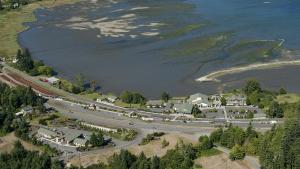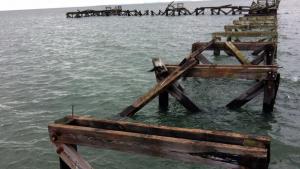Tool
Coastal Resilience Apps
Coastal Resilience is a program led by The Nature Conservancy to examine nature’s role in reducing coastal flood risk. The program consists of an approach, a web mapping tool, and a network of practitioners around the world supporting hazard mitigation and climate adaptation planning. Their goals are to help communities understand their vulnerability from coastal hazards, reduce their risk, and determine the value of nature-based solutions.
The range of apps comprise a decision support system: they utilize a visualization platform where ecological, social, and economic information can be viewed alongside sea level rise and storm surge scenarios in specific geographies.
Details
Hazards
Assets



